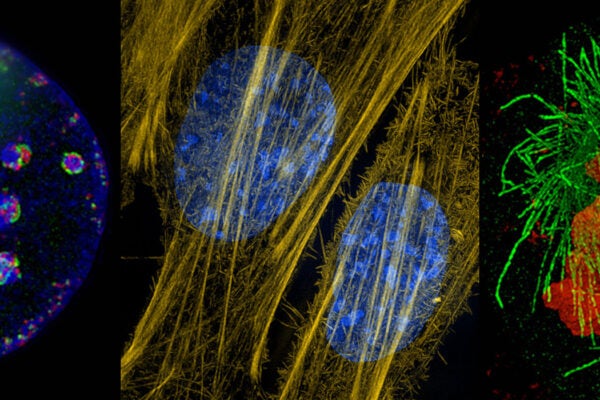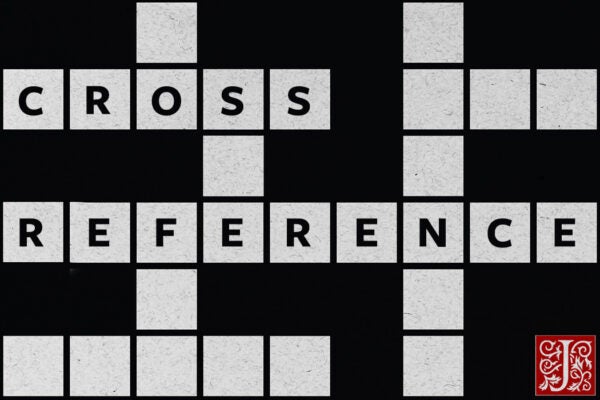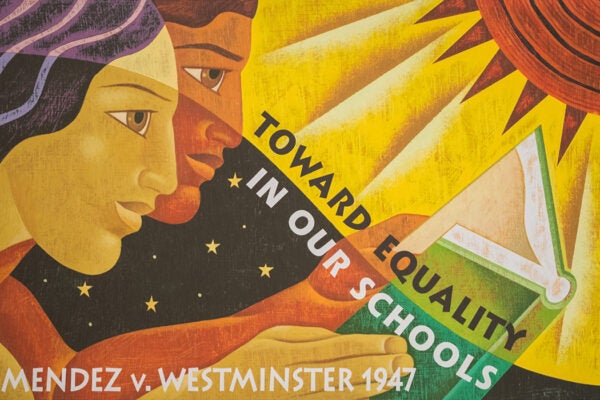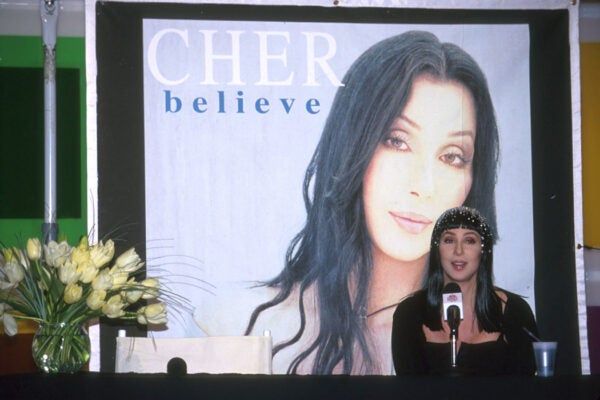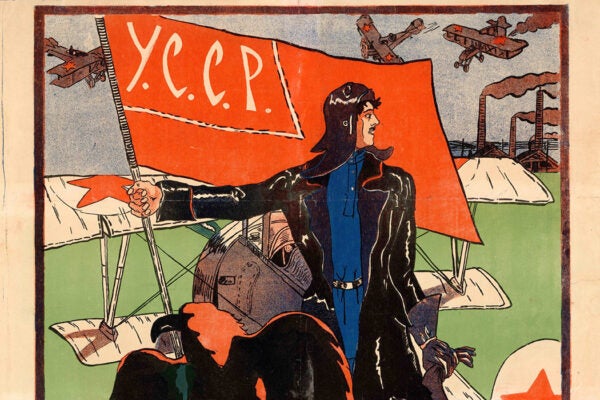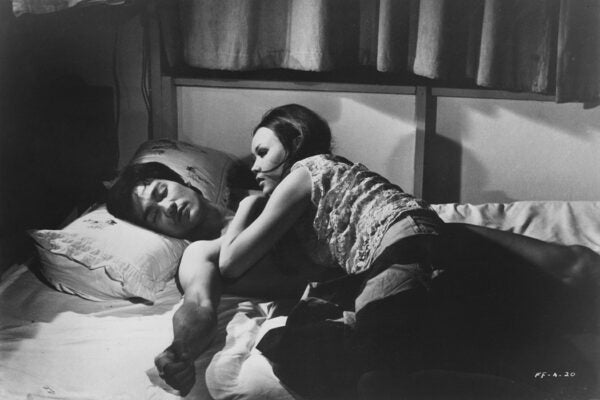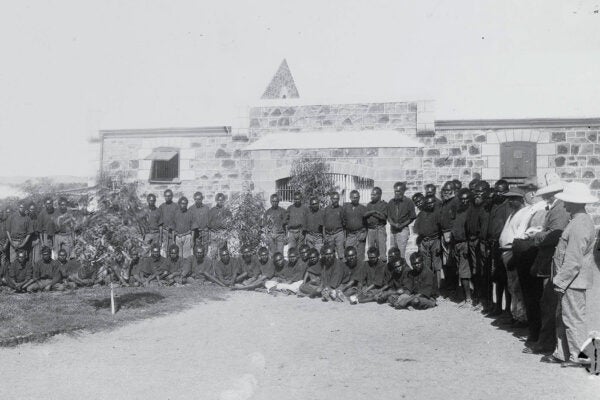Super-Resolution Microscopes Showcase the Inner Lives of Cells
Advanced light microscopy techniques have come into their own—and are giving scientists a new understanding of human biology and what goes wrong in disease.
Changing Playground Design, Changing How Children Play
The built environment of the playground influences children’s play styles, and even small interventions can affect cognitive and social-emotional development.
Simon Miles on Superpowers and Serendipity
An interview with historian of US foreign policy and diplomacy Simon Miles, who finds that surprises in the archives can lead to the most compelling projects.
What’s That in My Glass? It’s Cross Reference!
Grab a cheeseboard and pour a soft, fruity red to help you solve this month’s puzzle.
Mendez v. Westminster and Mexican American Desegregation
International relations and foreign influence helped end legal segregation of Mexican American students in California after World War II.
Cher’s Vocoder Is the Sound of Both Y2K and Camp
Released on the global stage by Cher, the vocoder effect speaks for the millennium and for queer subculture.
Convincing Peasants to Fly in the Soviet Union
With air-minded films, poems, and demonstrations, Soviet leaders sought to lift peasants out of their “backward” lives and into the world of the modern proletariat.
The Legacy of Bruce Lee’s Sex Life
Lee’s untimely death in 1973 sparked an argument between his widow and his girlfriend over his libido that played out publicly in international media.
How Forced Labor Built Western Australia
The nineteenth-century colonial economy of Western Australia depended on unfree labor, whether from indentured workers, convicts, or Indigenous people.
How Farmers Can Help Rescue Water-Loving Birds
Cranes, sandpipers, ducks, geese and many other waterbirds have lost essential rest stops along their seasonal migration routes. Bird-friendly agriculture can assist in filling the gaps.
